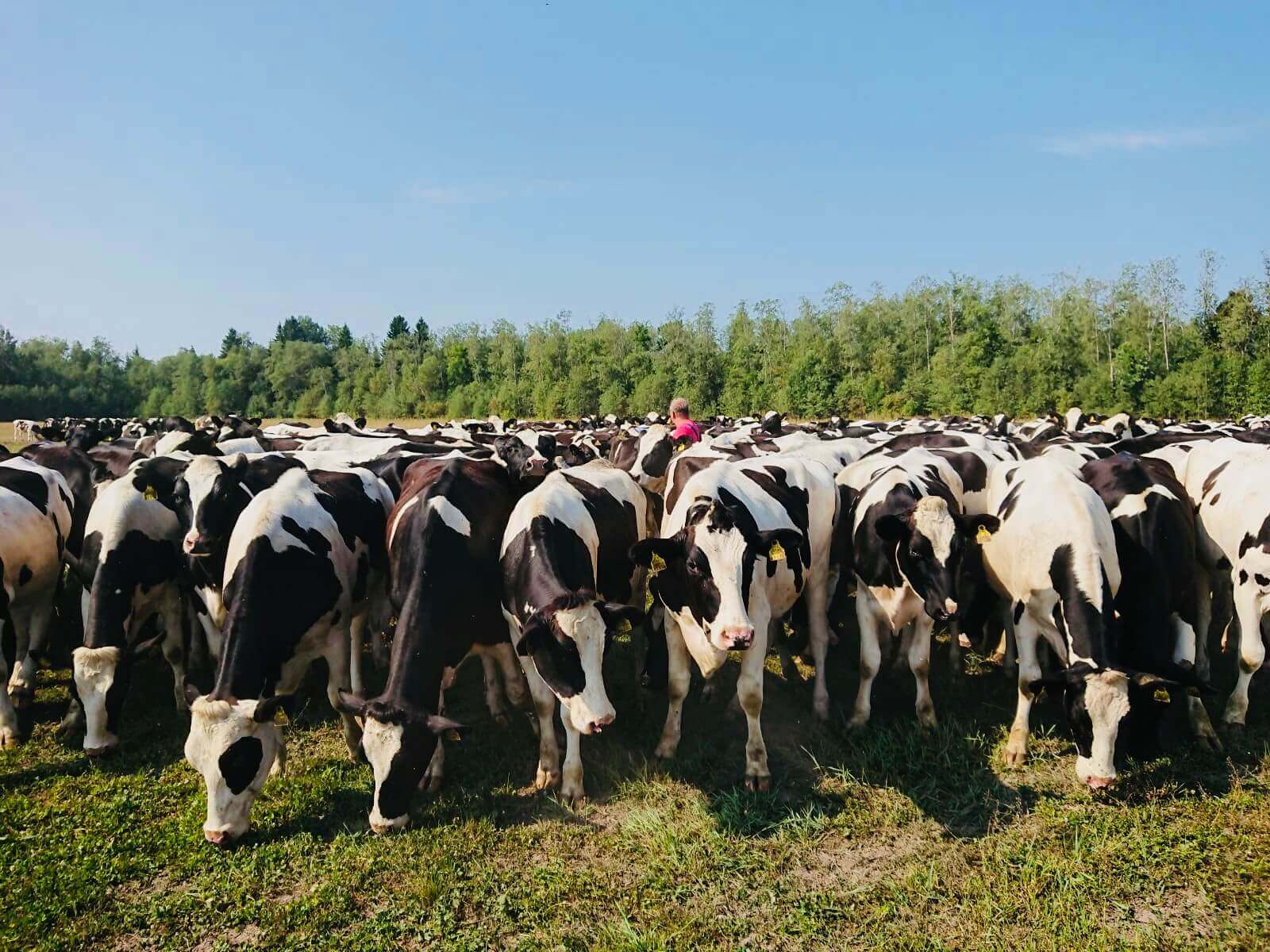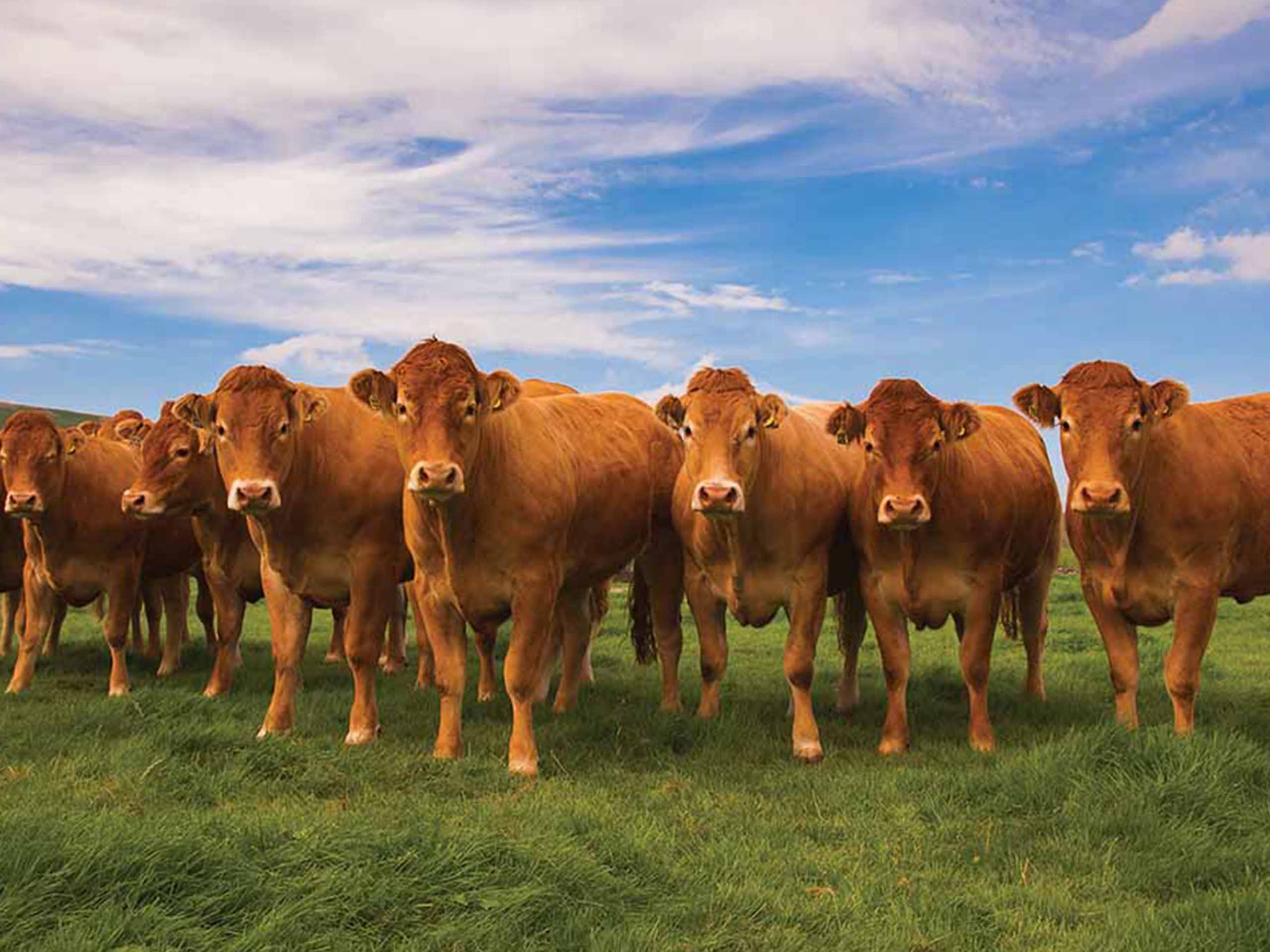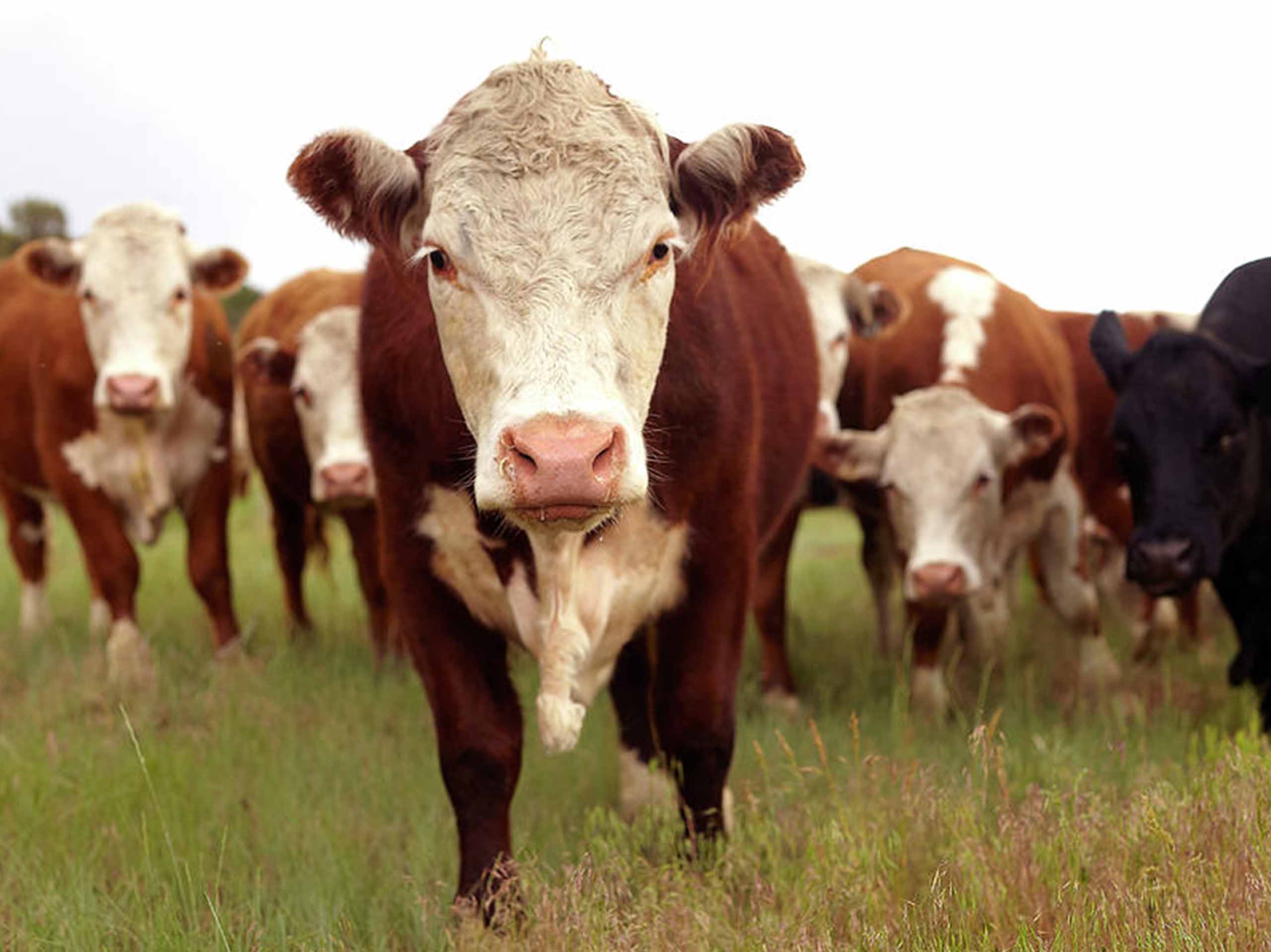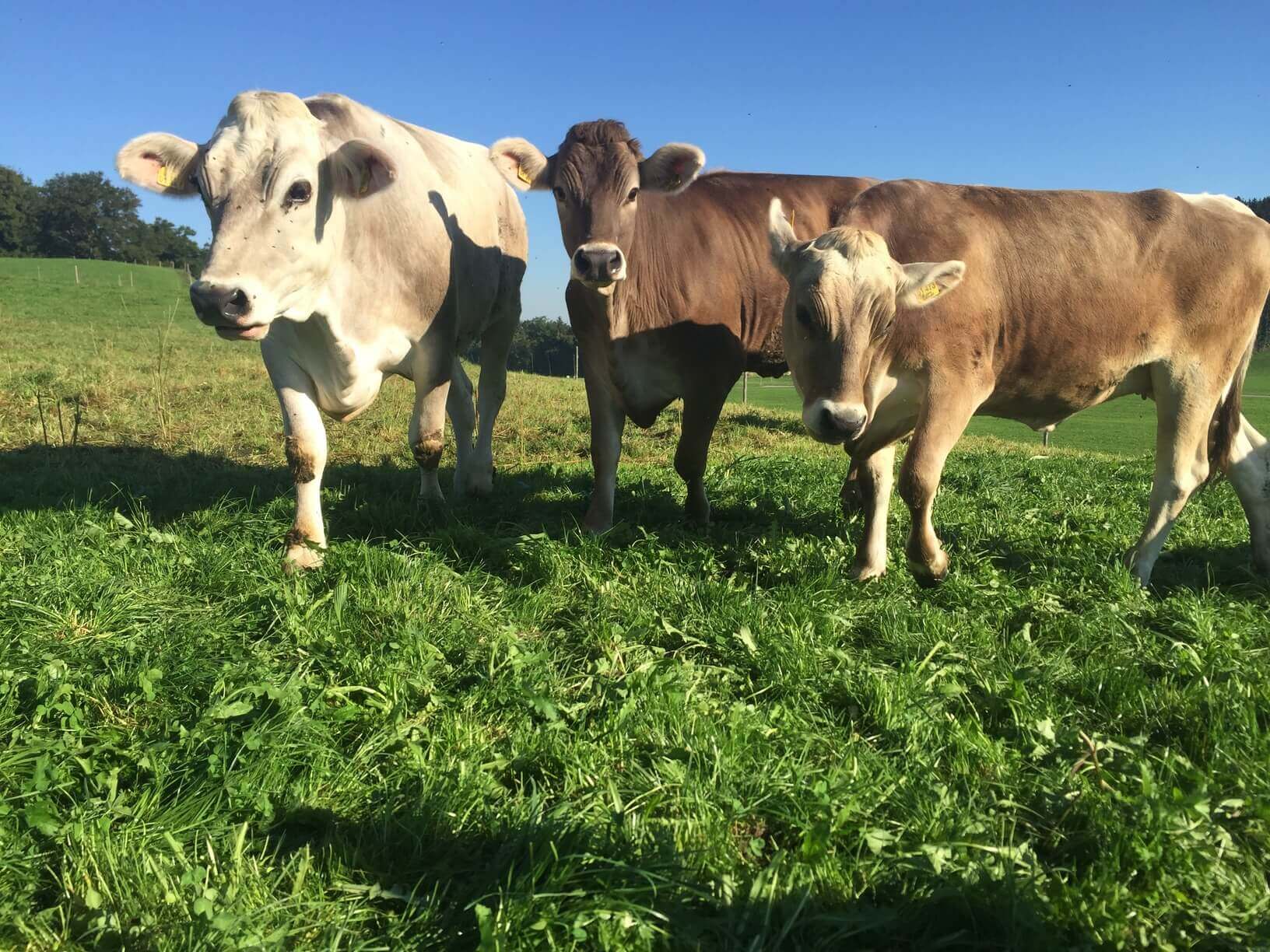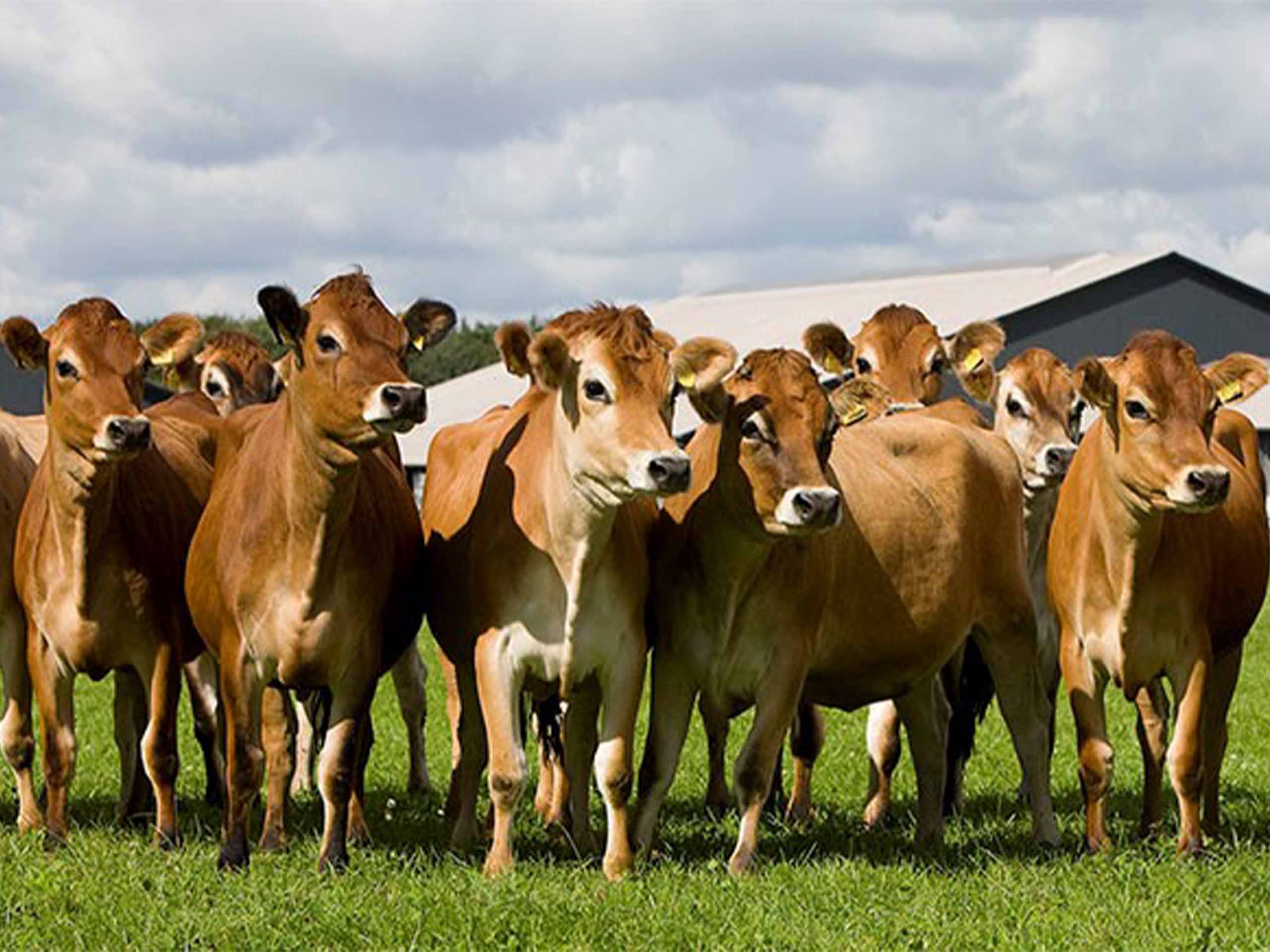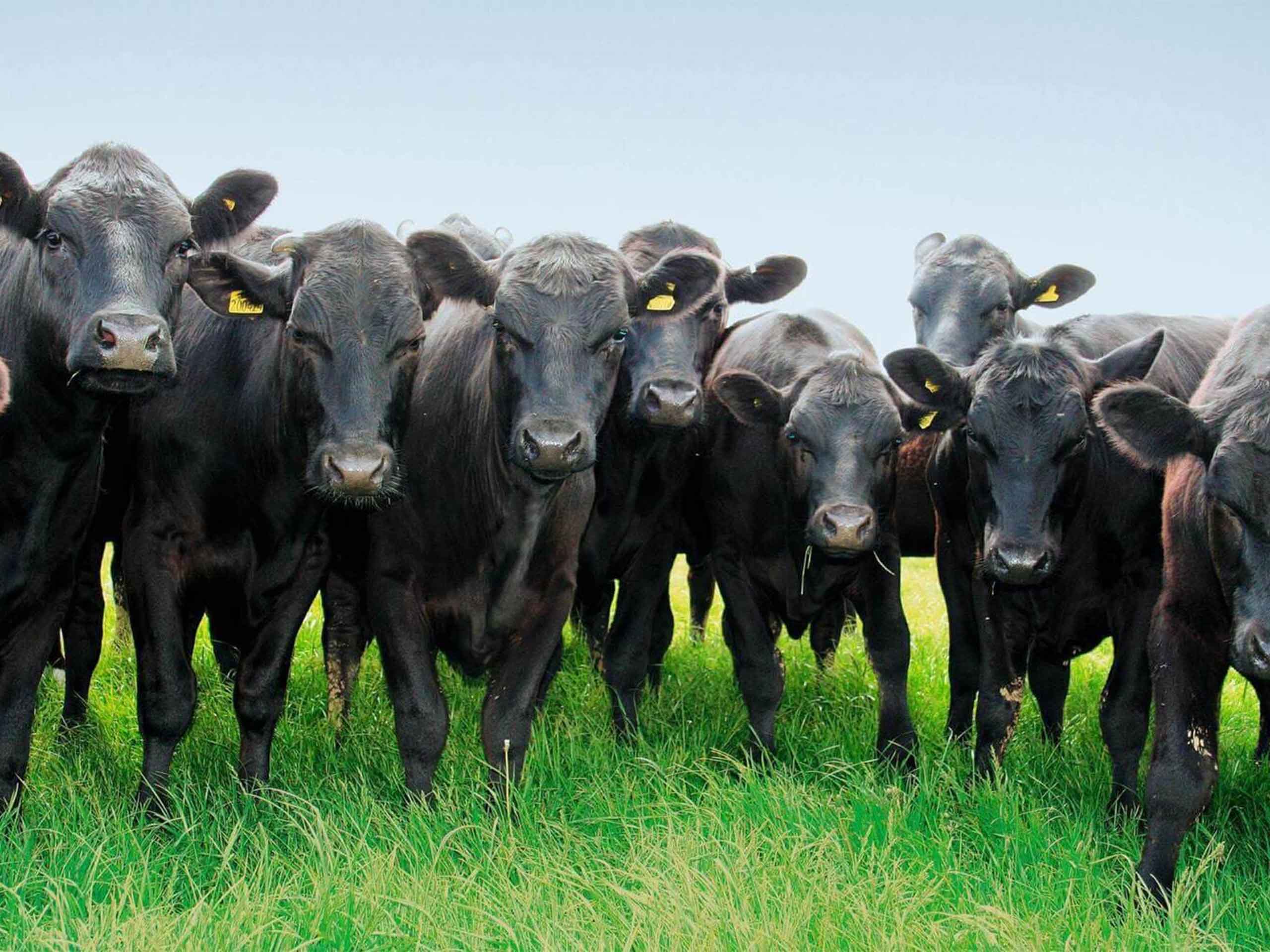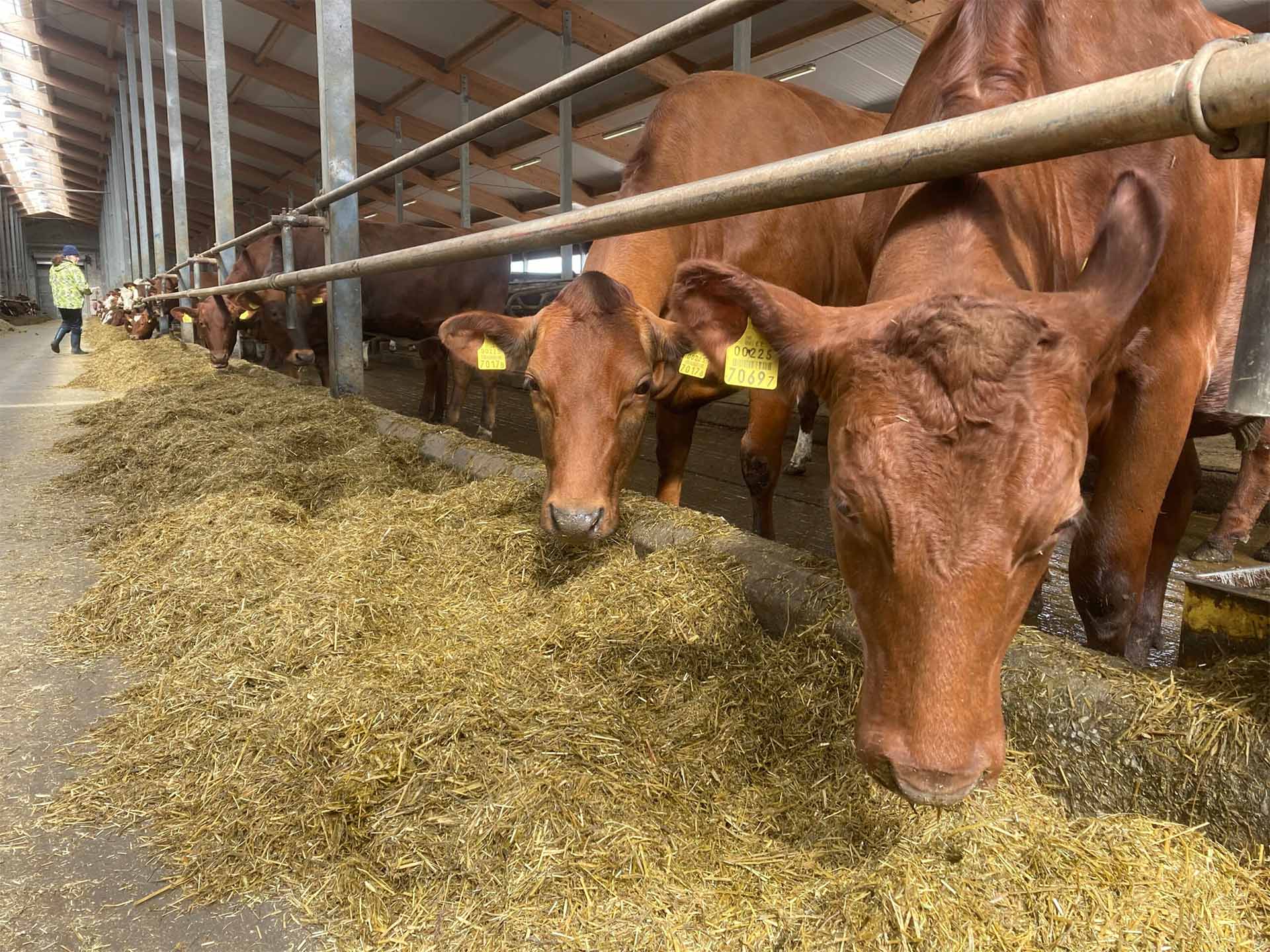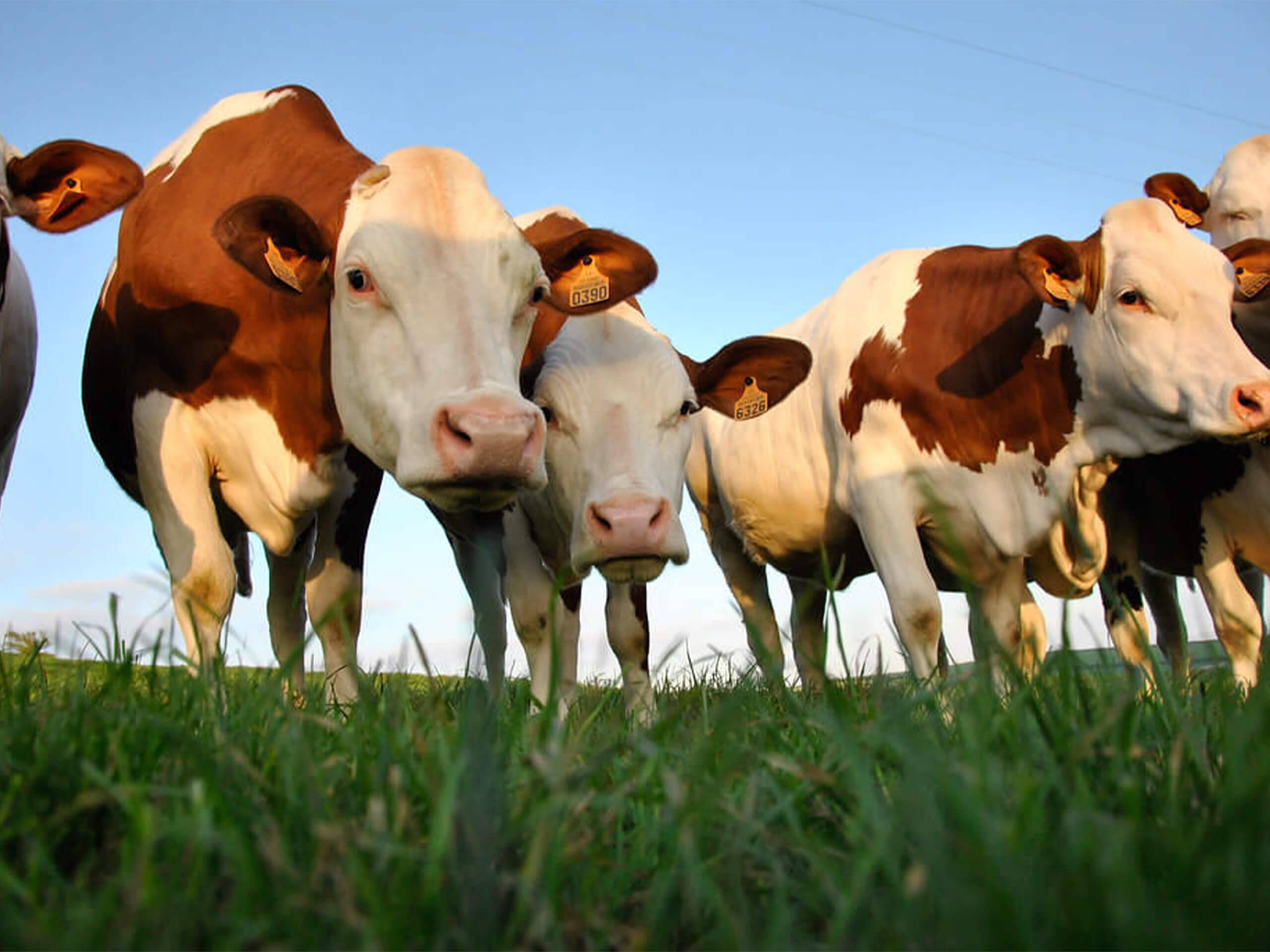Holstein
Friisi ehk holstein-friisi tõu juured ulatuvad üle 2000 aasta tagasi. Juba siis oli see tõug tuntud oma suurepäraste piimatootmisomaduste poolest, kuid sellest ajast alates on seda täiustatud ja selektiivselt aretatud, et saavutada optimaalne piimatoodang.
Holsteini lehmad on pärit Põhja-Saksamaalt, friisi lehmad aga Hollandist. Aja jooksul on neid kahte tõugu tavaliselt ristatud, mille tulemusel on tänapäeva friislased tavaliselt ¼ kuni ¾ holsteini geneetikast, millest tuleneb ka tuttav sidekriipsuga nimetus.
Friisi veised on sarvedega ja olid algselt must-valged või punavalged. Tänapäeval on punane sort siiski haruldane ja seda leidub peamiselt Madalmaades väikestes kogustes. Tänapäeva friisidel on valge karvkate, millel on selgelt eristuvad, teravalt määratletud mustad laigud.
Täisküpsuse saavutamisel kaalub friisimaa lehm keskmiselt 580 kg, mis on suuruse ja kaalu poolest võrreldav puhtakujulise holsteini lehmaga. Ajaloolised andmed näitavad, et mõned friisi lihaveised saavutasid lõppmassi, mis ületas 1,3 tonni!
Friisid sobivad hästi Iirimaa muutliku kliimaga, kohanedes kergesti nii mandriosa aastaaegade vaheldumisega kui ka Põhja-Ameerika kuumema kliimaga. Nad taluvad probleemideta Iirimaa külmi talvi ja aeg-ajalt esinevaid suviseid kuumalained.
Põhja-Euroopas aretatakse friislasi peamiselt piima saamiseks, samas kui Lõuna-Euroopas keskendutakse rohkem veiseliha tootmisele.
Nende veiste pikaealisus on muljetavaldav, mis on kasulik põllumajandustootjatele, kes on mures karja asendamise kulude pärast.
Friisidel on ka suurepärane sigimismäär, nad toodavad rohkem vasikaid ühe eluea jooksul kui paljud teised tõud. Friisi lehmad tuleks aretada alles pärast 13 kuu vanuseks saamist ja vasikad kaaluvad tavaliselt sünnimomendil umbes 45 kg.
Friisi isasvasikad on väga hinnatud, sest vaatamata tõu piimakarja pärandile annavad nad suurepärast veiseliha. Friisi pullid arenevad hästi kiiretes, intensiivsetes veisekasvatussüsteemides, mistõttu on nad ideaalsed põllumajandustootjatele, kes soovivad lühemat viimistlusperioodi. Siiski on ettevaatus oluline, kui käitlete mis tahes tõugu pullidega! Lisateavet leiate meie artiklist "Pullide ohutus", mis sisaldab juhiseid nende tugevate loomade käitlemise kohta.
Friiside puhul kiidetakse sageli nende kõrget laktatsioonikiirust. Keskmine friisi lehm teeb oma elu jooksul umbes 3,2 laktatsiooni, kuigi mõned on saavutanud hämmastavad 12 kuni 15 laktatsiooni nii mägikarjamaadel kui ka madalsetel karjamaadel karjatades. Kogu oma elu jooksul toodab tüüpiline friisi lehm umbes 26 000 liitrit piima, kuigi tasub märkida, et võirasvasisaldus on tavaliselt suhteliselt madal.
Friiside karjavalku sisaldus on keskmiselt 3,4%, mis muudab nad paljude piimakarjakasvatajate jaoks soovitavaks valikuks.

